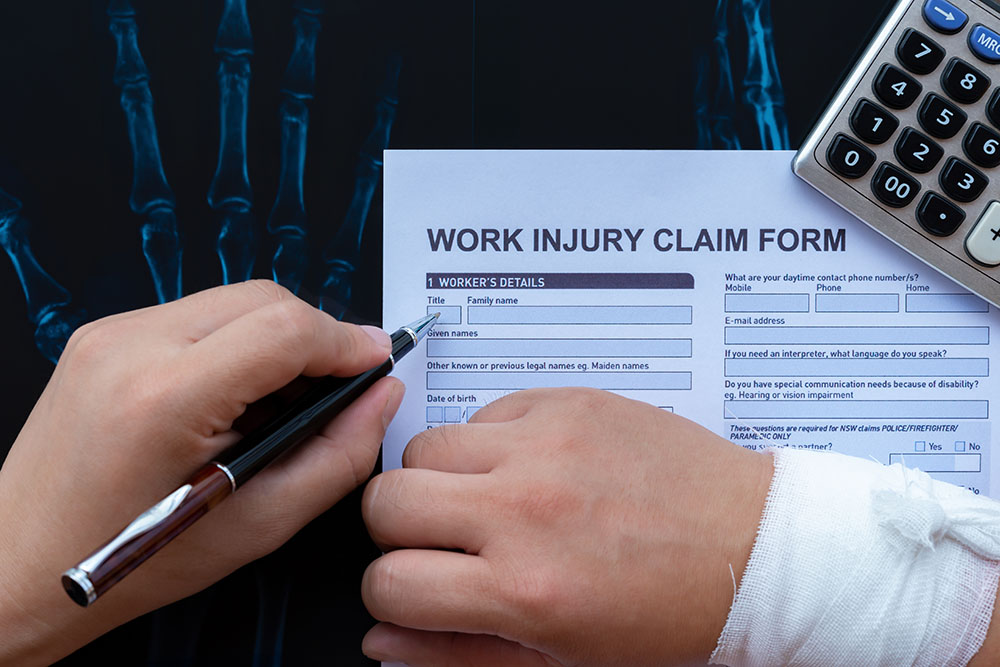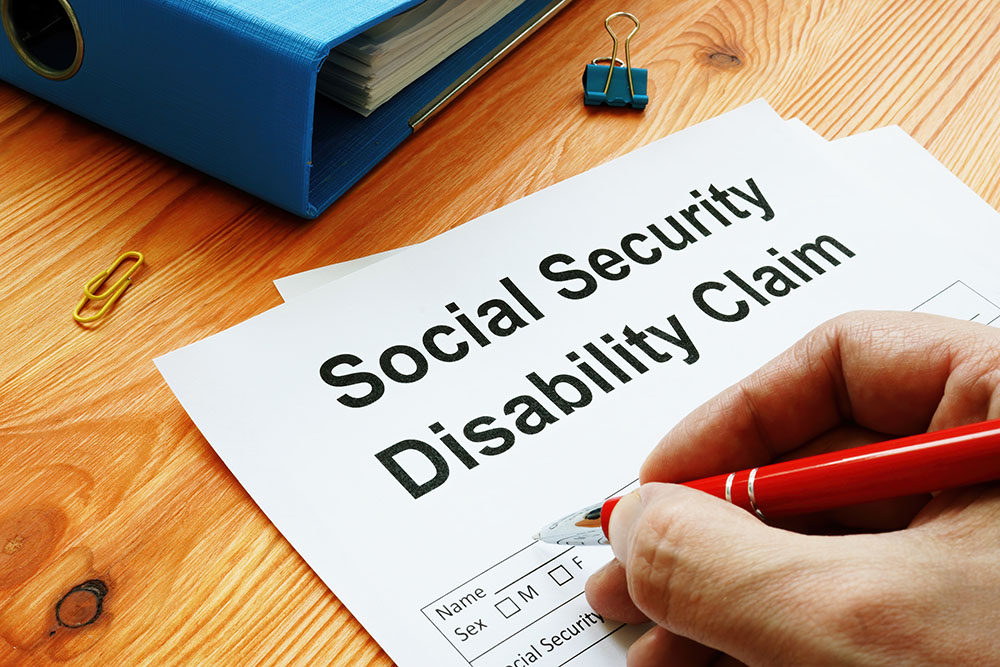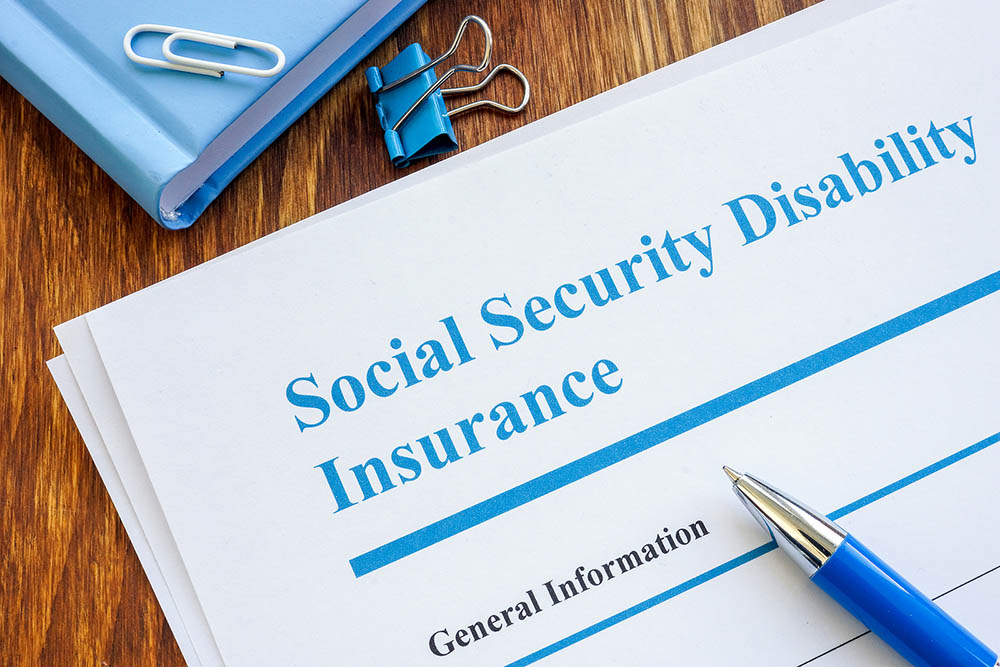Spotting sexual abuse in institutions requires heightened awareness and understanding of the environment. Institutions like schools, care homes, and workplaces can sometimes become places where abuse occurs. Recognizing signs and knowing what to do is crucial in preventing harm and supporting victims.
Recognizing Warning Signs: Behaviors and Indicators
Spotting sexual abuse in institutions is vital for safeguarding individuals. Understanding the warning signs can help identify when something is wrong. This section covers behaviors and indicators to watch for, making it easier to recognize potential cases of abuse.
Start by looking for changes in behavior. Individuals who experience abuse might suddenly become withdrawn or less social. They could also display fear or nervousness, especially around certain places or people. These behavioral changes may indicate discomfort or fear stemming from an abusive situation.
Physical indicators also play a crucial role. Unexplained injuries or bruises can be alarming. While not every injury is a sign of abuse, patterns or repeated incidents could suggest a problem. If someone frequently has injuries without a reasonable explanation, it’s important to consider further investigation.
Another vital warning sign is a change in relationships or communication. Victims might start avoiding particular people or activities they once enjoyed. They might also have trouble with sleeping or eating, experiencing nightmares or sudden appetite changes.
Here’s a list of additional signs to note:
– Regression in behavior such as bedwetting or thumb-sucking
– Sudden drop in academic or work performance
– Signs of depression or anxiety
– Secretiveness or keeping away from usual friends or family
Recognizing these warning signs requires staying observant and attentive. Trusting your instincts when something doesn’t seem right can make a significant difference in preventing continued abuse.
Understanding the Institutional Environment: Risk Factors and Vulnerabilities
Institutions sometimes have specific environments that might hide or enable abuse. It’s crucial to understand these risk factors and vulnerabilities to help prevent and uncover abuse more effectively. Awareness of these factors can encourage change in practices and policies that might otherwise allow abusive actions.
First, consider the culture and climate of an institution. An environment lacking clear policies or strict enforcement may foster potential abuse. Institutions with closed-off systems or limited oversight often face higher risks. It’s important to push for transparency and accountability in these settings.
Secondly, examine the balance of power in institutions. Some places have a hierarchical structure where one person or group holds more power. Abusers may take advantage of these power imbalances to control or manipulate others. It’s essential to ensure that everyone has a voice and that power is not concentrated with only a few.
Also, think about areas with limited supervision. For example, locations like secluded rooms or unsupervised areas can become risky. Institutions should prioritize having clear sightlines and regular monitoring to deter abusive activities.
Here’s a list of common vulnerabilities:
– Lack of training on spotting and reporting abuse
– Inadequate background checks for staff
– Scarce resources for victims to report anonymously
– Failure to implement or follow protective policies
Understanding these risks allows institutions to address them directly, reducing the likelihood of abuse and better protecting individuals within their care.
How to Report Abuse: Steps and Resources for Taking Action
Taking action by reporting suspected abuse is crucial. Recognizing it’s happening is only the first step. Knowing how to report abuse effectively ensures that the right authorities can respond quickly and appropriately.
Start by documenting the suspected abuse in detail. Keep a record of what you’ve noticed, including dates, times, and descriptions of any concerning behavior. This information is vital for officials who will investigate the situation. Write down any conversations or disclosures that might support your report.
Next, understand the reporting channels available in your institution. Many places have specific protocols for reporting abuse. These might include telling a supervisor, a designated officer, or even using anonymous hotlines set up for such purposes. It’s important to follow these procedures to ensure the report is handled appropriately.
Here’s a list of helpful resources:
– National child or adult protective services
– Local law enforcement agencies
– Institutions’ own safety or compliance departments
– Support hotlines for additional guidance
Finally, remember that supporting the victim while ensuring their privacy is crucial. Approach the situation with care and sensitivity, keeping the victim’s wellbeing in mind. Reporting abuse promptly and accurately can protect the victim and prevent further harm.
Supporting Victims: Providing Help and Encouragement
Support for victims of abuse makes a significant difference in their healing process. Once abuse is uncovered, it’s vital for victims to receive help and encouragement. Support not only aids their recovery but also empowers them to regain control over their lives.
First, listen actively and patiently. Giving victims a safe space to express themselves can help them feel validated and understood. Avoid passing judgment and let them know that their feelings are important and respected.
Next, offer resources that provide professional help. Encourage them to seek support from counselors or therapists specializing in trauma. These professionals can offer strategies to cope with the emotional aftermath of abuse.
These are ways to offer encouragement:
– Reassure them they’re not alone and help is available
– Encourage participation in support groups where they can connect with others
– Offer assistance with everyday tasks to reduce stress
– Suggest activities that promote relaxation and self-care
Above all, be patient. Recovery from trauma sometimes takes time. By providing consistent support, you can play a pivotal role in helping victims rebuild their confidence and move forward.
Conclusion
Spotting sexual abuse in institutions takes vigilance, awareness, and action. By recognizing warning signs and understanding the vulnerabilities within institutional environments, we can take steps to prevent abuse from occurring. Reporting suspected abuse through proper channels is essential in protecting victims and ensuring justice is served.
Once identified and reported, supporting victims through empathetic listening and providing access to professional resources aids their healing process. It creates a nurturing environment where they can regain a sense of safety and empowerment.
If you suspect or have witnessed sexual abuse in an institution, it’s vital to act promptly. By seeking assistance from experts like those at Greg Jones Law, P.A., you can learn more about legal rights and protection options, ensuring that justice is pursued, and the affected individuals receive the necessary support and advocacy.




